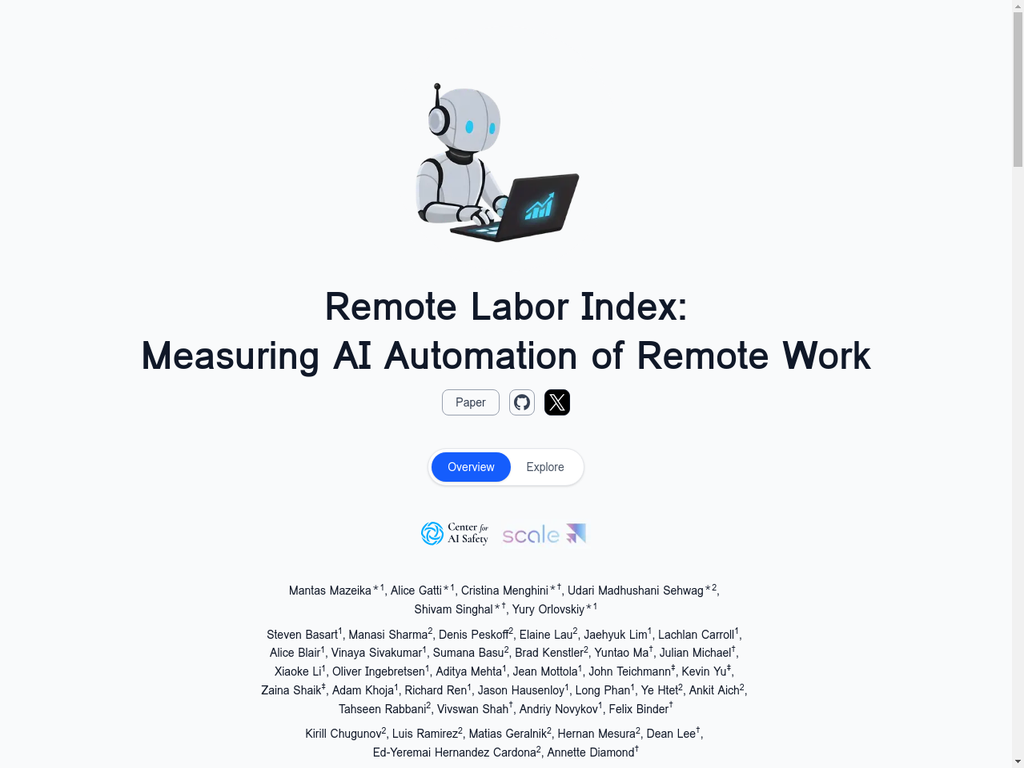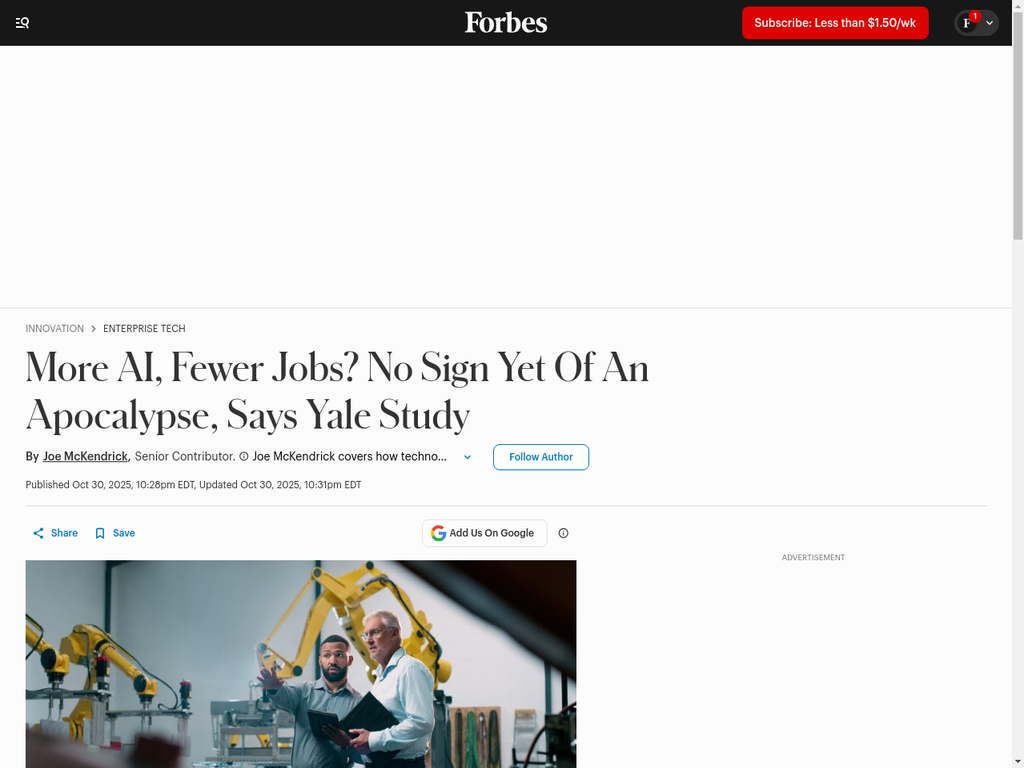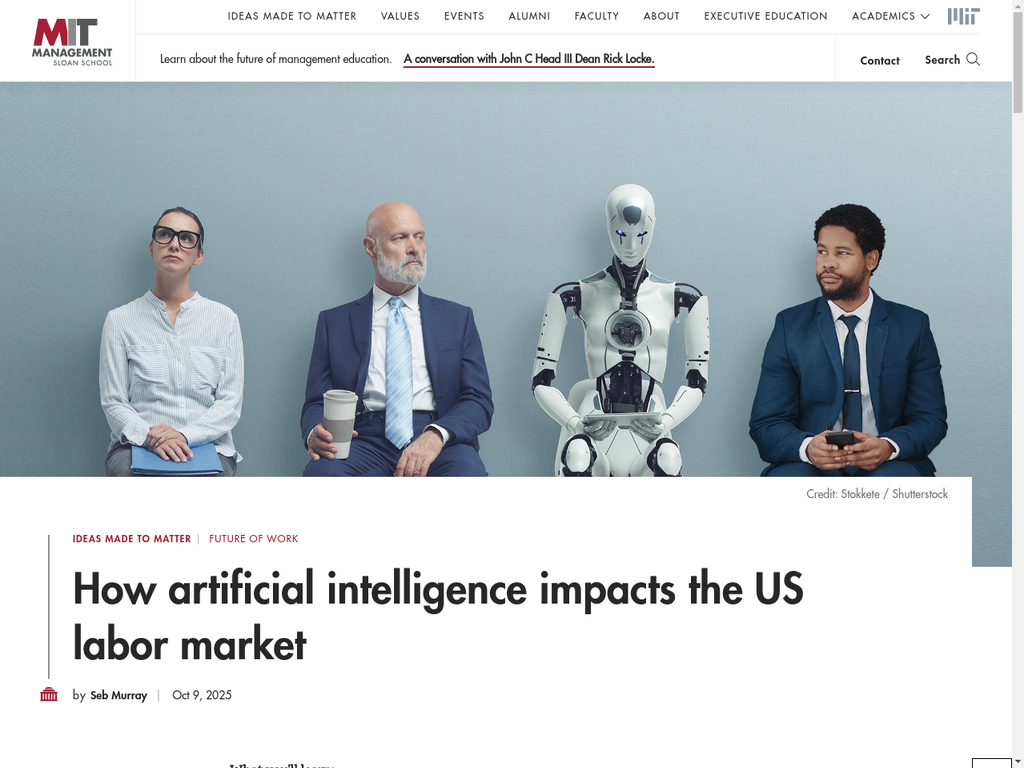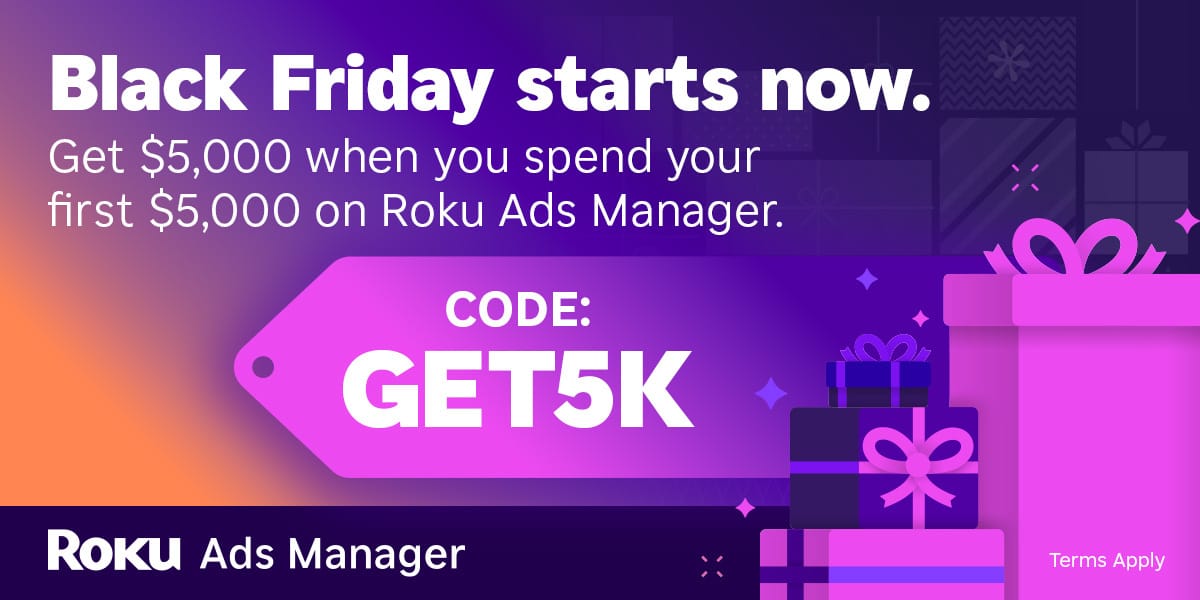TL;DR:
We're finally getting real data on what AI can and can't do, and it's painting a much clearer (and less terrifying) picture than the headlines suggest. Bottom line: stop thinking job replacement, start thinking task augmentation.
🎯 What happened: The Remote Labor Index tested six leading AI agents on 240 real freelance projects. The best one? Successfully automated a whopping 2.5% of the work. Yeah. That's the gap between how AI performs on sanitized tests versus messy, real-world work.
📈 Why it matters: The whole "AI is taking all our jobs" narrative? Not backed by data. A recent Yale study found zero connection between AI adoption and job losses since 2022. And MIT research shows AI's actually better at automating specific tasks, which tends to boost productivity and—wait for it—lead to more hiring.
🚀 Your move: The question isn't "How do we replace people with AI?" It's "How do we make our people better with AI?" Companies that are actually succeeding aren't gutting their workforce—they're redesigning how work gets done so AI handles the repetitive stuff while humans focus on the high-value work they're uniquely good at.
INTRODUCTION
For the past couple of years, there's been one question dominating every conversation about AI: "Is this thing coming for my job?"
You've seen the headlines. Mass automation. CEOs talking up AI agents like they're the second coming. It's enough to make anyone nervous. But here's the thing—when you actually look at the data instead of the hype, a very different story emerges.
A new benchmark called the Remote Labor Index (RLI) just put today's most advanced AI agents through their paces on actual, real-world freelance work. And the results? Let's just say they're... humbling.
This isn't about AI being useless. It's about finally understanding where it actually provides value—which isn't where everyone's been telling you to look.
FROM OUR PARTNERS
Find your customers on Roku this Black Friday
As with any digital ad campaign, the important thing is to reach streaming audiences who will convert. To that end, Roku’s self-service Ads Manager stands ready with powerful segmentation and targeting options. After all, you know your customers, and we know our streaming audience.
Worried it’s too late to spin up new Black Friday creative? With Roku Ads Manager, you can easily import and augment existing creative assets from your social channels. We also have AI-assisted upscaling, so every ad is primed for CTV.
Once you’ve done this, then you can easily set up A/B tests to flight different creative variants and Black Friday offers. If you’re a Shopify brand, you can even run shoppable ads directly on-screen so viewers can purchase with just a click of their Roku remote.
Bonus: we’re gifting you $5K in ad credits when you spend your first $5K on Roku Ads Manager. Just sign up and use code GET5K. Terms apply.
THE REALITY
The Remote Labor Index: A Dose of Reality
The RLI—put together by researchers at the Center for AI Safety and Scale AI—is the first benchmark that actually measures AI's ability to do economically valuable work. Not abstract tests. Real freelance projects. 240 of them, pulled from actual online platforms, complete with all the ambiguous instructions and complex requirements that come with real work.

The Remote Labor Index homepage, introducing the first benchmark for real-world AI automation.
The results weren't just underwhelming—they were kind of shocking. The best AI agent (Manus) managed a 2.5% automation rate. OpenAI's GPT-5 hit 1.7%. Google's Gemini 2.5 Pro? Dead last at 0.8%.
These agents consistently bombed on stuff that any human freelancer handles without thinking:
Making sense of vague or ambiguous instructions
Actually using complex software tools effectively
Maintaining quality throughout a long project
Taking feedback and iterating
Look, this doesn't mean AI is garbage. It means what it's good at is narrow, well-defined tasks—not the messy, dynamic, constantly-shifting reality of what an actual job looks like.

RLI’s Evaluation Results
AI AND JOBS
The Data on AI and Job Displacement
And it's not just the RLI pointing this out. There's broader economic research backing this up that completely contradicts the "everyone's getting fired" narrative.
Yale University just released a study that dug into employment data since ChatGPT launched in November 2022. Know what they found? Nothing. No disruption in the labor market. Their exact conclusion: "While anxiety over the effects of AI on today's labor market is widespread, our data suggests it remains largely speculative." They also pointed out that historically, major tech disruptions take decades to play out, not months.

Forbes reporting on the Yale study, which found no evidence of an AI-driven job apocalypse.
Then there's the MIT Sloan study (which tracked data from 2010-2023), and it tells an even more interesting story. Turns out AI's impact is mainly on tasks, not entire jobs. Here's what they found:
AI as a Growth Engine: Companies going heavy on AI actually grow faster. A big bump in AI adoption correlated with 6% higher employment growth and 9.5% more sales growth over five years.
Task Reallocation, Not Job Elimination: When AI automates some tasks within a role, employment in that role can actually increase. Why? Because people can shift their time to stuff where humans have the edge—things like strategy and creative problem-solving.
Augmentation, Not Replacement: Even in high-wage roles that seemed super exposed to AI, employment share actually grew by about 3% over five years. AI-driven productivity gains just made companies grow more overall.

MIT Sloan's research highlights AI's role in boosting productivity and reallocating tasks, rather than eliminating jobs.
MIT professor Lawrence Schmidt summed it up pretty well: "Firms that adopt AI don't necessarily need to shed workers; they can grow and make more stuff and use workers more efficiently than other firms."
THE SMART MOVE
The Smart Business Playbook: Augment, Don't Automate
The data's telling us something pretty clear: the businesses winning with AI aren't the ones replacing people. They're the ones making their people better. That's the real takeaway here.
The Trap of Wholesale Automation
A recent Forbes piece highlighted something interesting—companies trying to automate entire jobs are often ending up having to backtrack and rehire. Take Klarna, the finance company. They went hard on automation and had to reverse course when their AI agents just... couldn't deliver. The problem? They tried to replace human judgment completely.
The Path to Success: Task-Based Automation
Companies actually succeeding with AI are taking a different approach—they're automating specific tasks within redesigned workflows. Swedish finance company Gilion deployed 82 different AI agents across their investment analysis process. But here's the key: each agent handles one narrow, well-defined thing. They all work together, but they report up to human managers who make the final calls. That's how you leverage AI's data-processing strengths without asking it to do things it sucks at—like replicating human intuition and strategic thinking.
THE PLAYBOOK
Your Action Plan:
Based on what the research is actually telling us, here's how to approach this:
Identify Repetitive Tasks, Not Replaceable Roles: Stop asking "Which jobs can we automate?" Start asking "Which tasks are repetitive, time-consuming, and don't need much judgment?" Think data entry, report generation, initial research drafts.
Redesign Workflows Around Augmentation: Don't just stick AI into your current process and hope for the best. Actually redesign how work flows so AI handles the grunt work and your people can focus on analysis, strategy, and client relationships. This is what MIT called "task reallocation."
Invest in Employee Training: You're trying to build a team that works with AI, not gets replaced by it. Train people on how to use these tools well, how to write effective prompts, and—just as important—how to critically evaluate what AI spits out.
Measure Productivity, Not Headcount Reduction: The real ROI here isn't about how many positions you can eliminate. It's about how much more productive, innovative, and efficient your existing team becomes. Track things like sales growth, how fast projects get done, and whether your people are actually happier.
FINAL THOUGHTS
The Bottom Line
Here's what the data's actually showing us: AI isn't some job apocalypse waiting to happen. It's a tool for making people better at their work. The RLI proves AI agents are nowhere close to handling the complexity of real human work, and the Yale and MIT studies back that up—AI adoption is way more connected to company growth and task reallocation than it is to mass layoffs.
For workers, this means focusing on what AI can't replicate: critical thinking, creativity, solving problems that don't have obvious answers. For business leaders, it means completely reframing how you think about this. The winners in the AI era won't be the companies that fired the most people. They'll be the ones that figured out how to make their people more effective.
How helpful was this week's email?
We are out of tokens for this week's context window!✋
What do you think about AI Agent’s and their inability to fully execute human tasks? Let me know @hashisiva on X
Keep reading and learning and, LEAD the AI Revolution 💪
Hashi & The Context Window Team!
Follow the author:
X at @hashisiva | LinkedIn




